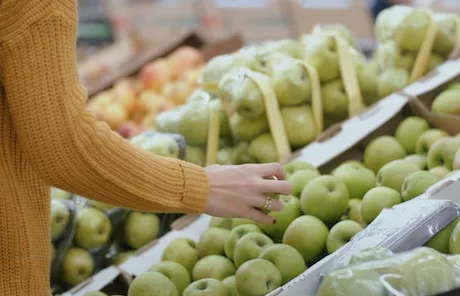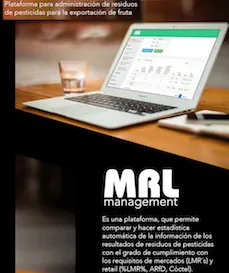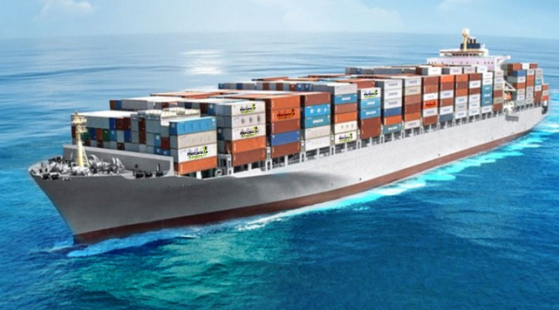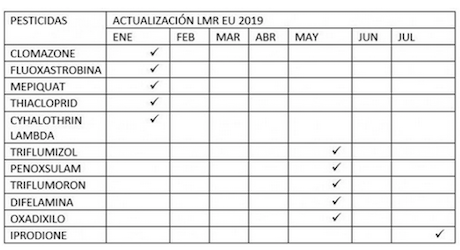Throughout 2019, the European market has published and validated several updates regarding maximum residue limit values (MRLs, or MRLs). This is an important variable that the agricultural export sector must take into account when marketing and shipping its products to different target markets.

Due to the modifications made by the European Union (EU) on the maximum pesticide levels present in post-harvest fruits, as of July 31, producers must consider a relevant change in the MRL of IPRODIONE (see table attached).

"The species that will be affected are lemons, almonds, apples, pears, pits, table grapes, blueberries, and kiwis," stated Makarena Quevedo, the Product Manager of MRL Management, a firm that offers a comprehensive and automated solution for waste management of pesticides in fruit for export.
This is not the first update that the EU conducts on MRLs this year. In January, for example, the MRLs for the CLOMAZONE, FLUOXASTROBINA, MEPIQUAT and THIACLOPRID pesticides were subjected to modifications that had a special effect on vegetables, but not on fresh fruits. However, the modification for CYALOTRIN LAMBDA, which was also updated in January, did affect the commercialization of almonds, nuts, apples, pears, peaches, apricots, table grapes, kiwis, and avocados to the European market.
In May, new restrictions for the PENOXULAM and OXADIXILO pesticides, which would also have no impact on fresh fruits but would affect some vegetables, came into force. The EU also increased demands for TRIFLUMIZOL (affecting citrus fruits, nuts, pome fruits, pits, berries, table grapes, kiwis, avocados, mangoes, and pomegranates), TRIFLUMORON (affecting citrus fruits, nuts, pits, berries, table grapes, kiwis, avocados, and mangoes) and DIFELAMINE (affecting pome fruits).

"It is key to be up to date with the modifications on MRLs introduced by the destination markets. Without this information, producers run the risk of not being able to market their fruit and risk severe economic losses. That's why it's important they have up-to-date information with the source data, and ideally with useful comparisons for decision-making in the face of different scenarios regarding the different countries where their shipments are currently going," Quevedo added.

LMR update in the European Union market in 2019
